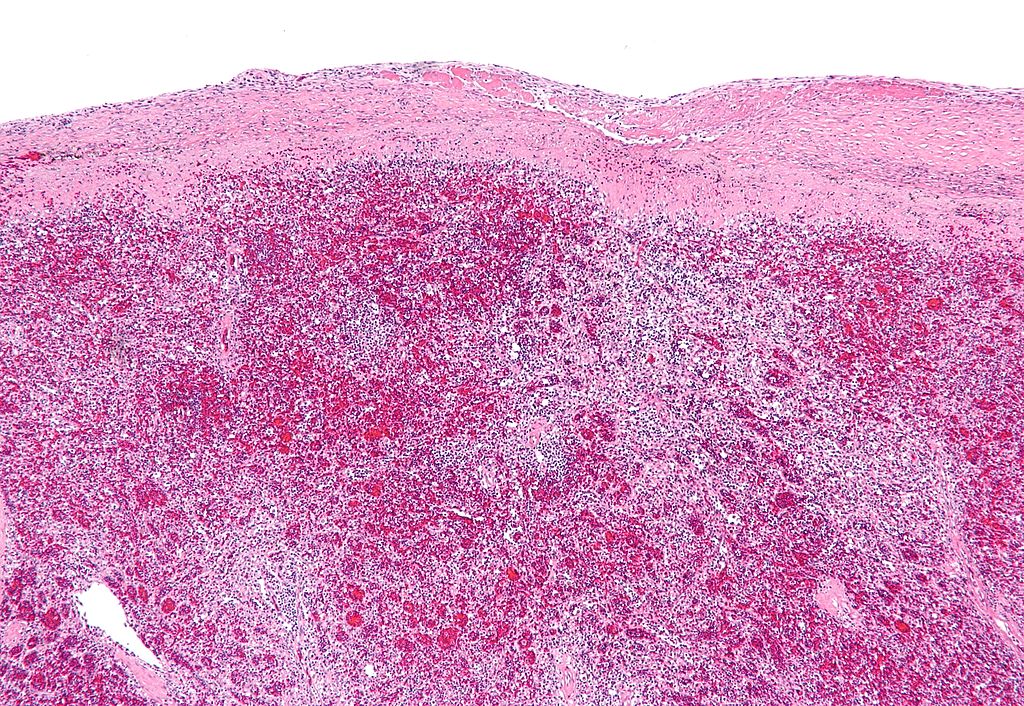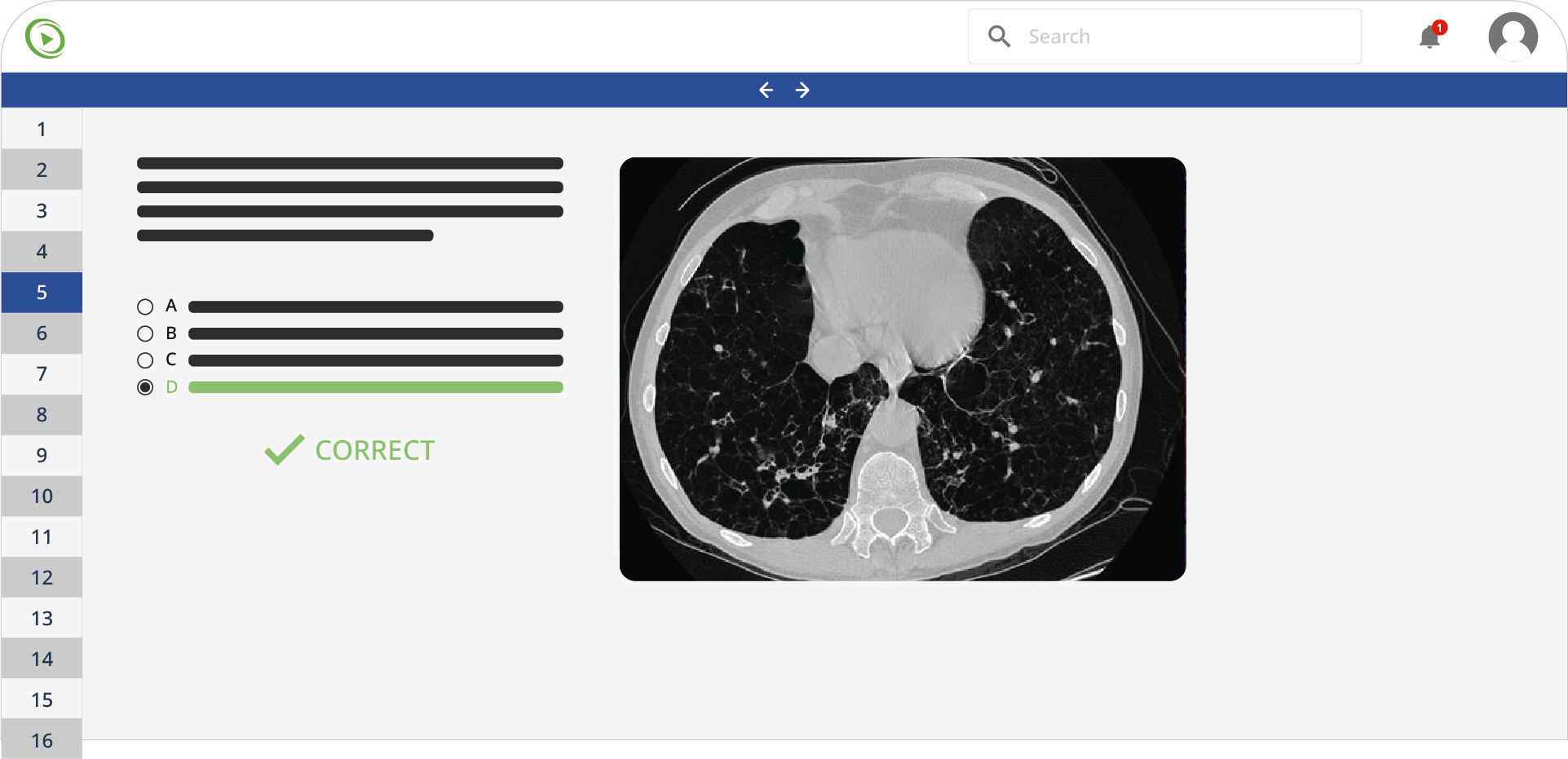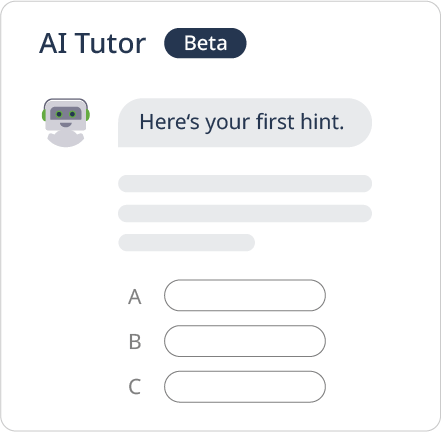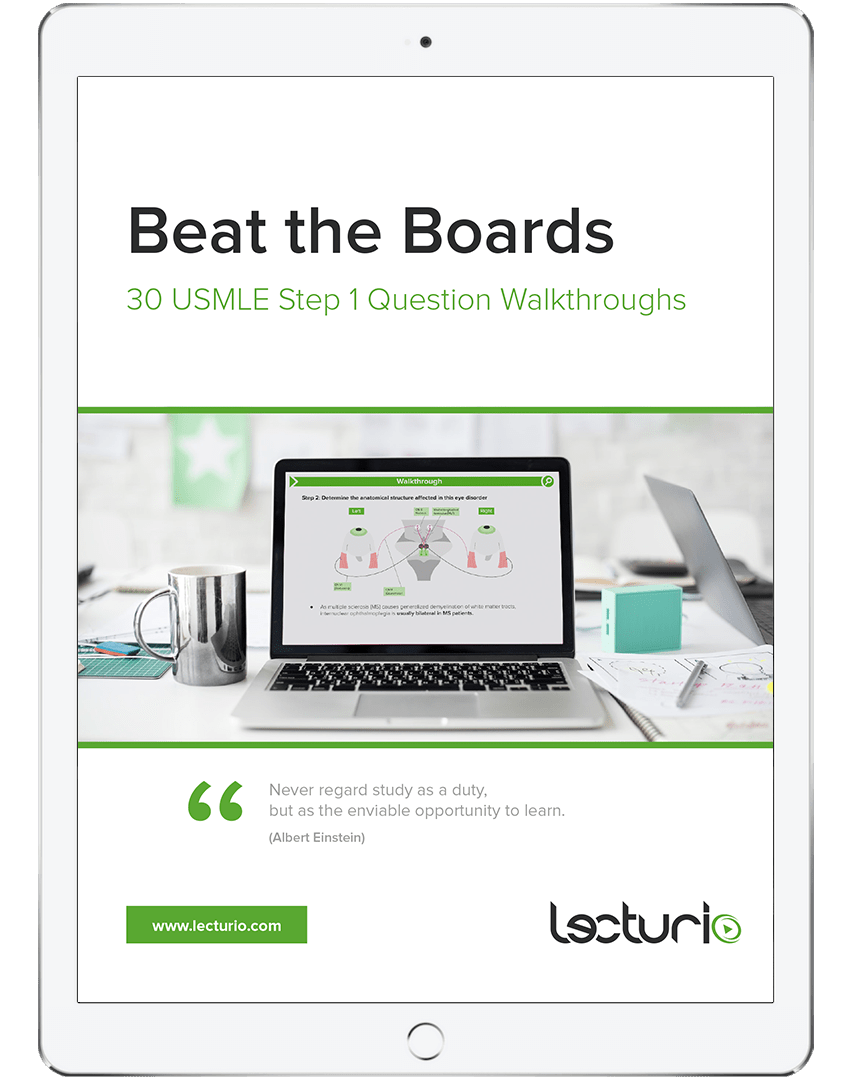An 82-year-old woman presents to the emergency department after a ground-level fall. Imaging reveals diffuse trauma to the left humerus from the midshaft to the olecranon process with shearing of the periosteum. Over the next 2 weeks, the patient develops worsening pain at the site of injury. At her follow-up appointment with the orthopedic surgeon, she is found to have diffuse bone necrosis from the midshaft of the left humerus to the olecranon process with no involvement of the distal upper extremity structures. Which of the following structures must have been damaged to cause this recent development?
A. Haversian canal
B. Brachial artery
C. Volkmann’s canal
D. Ulnar nerve
E. Epiphyseal plate
A 3-year-old boy goes camping with his parents in the Appalachian mountains of Western North Carolina. While on the hiking trip, he is exposed to an antigen. After the exposure, this antigen is phagocytosed by an antigen-presenting cell (APC), which then travels to a lymph node and presents a peptide via MHC class II to a CD4+ T helper cell. This CD4+ T helper cell then stimulates a B cell, which proliferates and differentiates to produce antibodies to target the antigen. In which of the following numbered sections of the lymph node does this B cell differentiation and proliferation most likely occur?
A. 1
B. 2
C. 3
D. 4
E. 5

A 3-year-old boy is diagnosed with an alpha-gal allergy, also known as mammalian meat allergy (MMA). This condition is mediated by a reaction to the carbohydrate, galactose-alpha-1,3-galactose. An experimental treatment has been developed to halt the N-linked oligosaccharide addition that occurs in the synthesis of this compound. Which of the following cellular structures is most likely targeted by this experimental drug?
A. Golgi apparatus
B. Rough endoplasmic reticulum
C. Sodium-potassium pump
D. Proteasome
E. Tumor suppressor p53
A 42-year-old woman presents to the emergency department with a loss of sensation in her left upper extremity. A rapid evaluation is performed to rule out stroke. Neurologic examination reveals loss of fine touch sensation in a C6 dermatomal pattern but is otherwise unremarkable. Further evaluation reveals that the patient was recently sick with an upper respiratory infection. A biopsy is performed and shows destruction of the cell bodies of sensory nerves. Which of the following structures is most likely damaged?
A. Meissner’s corpuscles
B. Dorsal root ganglion
C. Ventral root ganglion
D. Dorsal column
E. Lateral corticospinal tract
A 32-year-old woman presents with a 3-month history of intermittent blurry vision and difficulty walking. The patient states that she often feels “pins and needles” in her legs that disrupt her ability to walk normally. The patient is afebrile, and her vital signs are within normal limits. Which of the following findings would be suspected in this patient?
A. Destruction of cells that produce cerebrospinal fluid
B. Destruction of the blood-brain barrier
C. Failure of cells that myelinate individual peripheral axons
D. Damaged myelin-producing cells and myelin sheath
E. Absence of interneurons
A 5-year-old boy of African descent is presented to the emergency department by his parents. The child is clutching his abdomen and crying about pain in his belly. His mother reports intermittent episodes of jaundice with joint and bone pain since he was 5 months old. At presentation, the patient’s vital signs are within normal limits. Physical examination reveals slight jaundice and pale conjunctiva. The spleen is tender and easily palpable. After a complete blood count with differential and an abdominal ultrasound, the patient is found to have sickle-cell disease with splenic infarct. A partial splenectomy is performed. After the operation, the physician provides vaccines against Neisseria meningitidis, Haemophilus influenzae, and Streptococcus pneumoniae. The picture shows a slide obtained from the resected portion of the patient’s spleen. Dysfunction of the zone marked with which number predisposes the patient to the aforementioned infections?
A. 2 only
B. 1 only
C. 3 only
D. 1 and 2
E. 1, 2, and 3

A 47-year-old man presents with daily substernal chest pain for the past year. In addition, he says that he often suffers from hoarseness and a cough in the mornings. His wife also reports that he has developed bad breath. His past medical history is significant for diabetes mellitus that he manages with metformin. His physical examination is unremarkable, and his ECG is normal. An esophagogastroduodenoscopy is performed. The lower third of the esophagus appears erythematous, and a biopsy of the gastroesophageal junction is taken. When he is given sublingual nitroglycerin, the patient indicates that his chest discomfort does not change. Which of the following would be expected in this patient’s biopsy?
A. Villi and microvilli
B. Brunner glands
C. Simple columnar epithelium
D. Peyer patches
E. Stratified squamous epithelium
Do you want to practice more Histology questions?
Create a free Lecturio account and you’ll have access to the Lecturio question bank, with more than 2,200 USMLE Step 1 practice questions.










